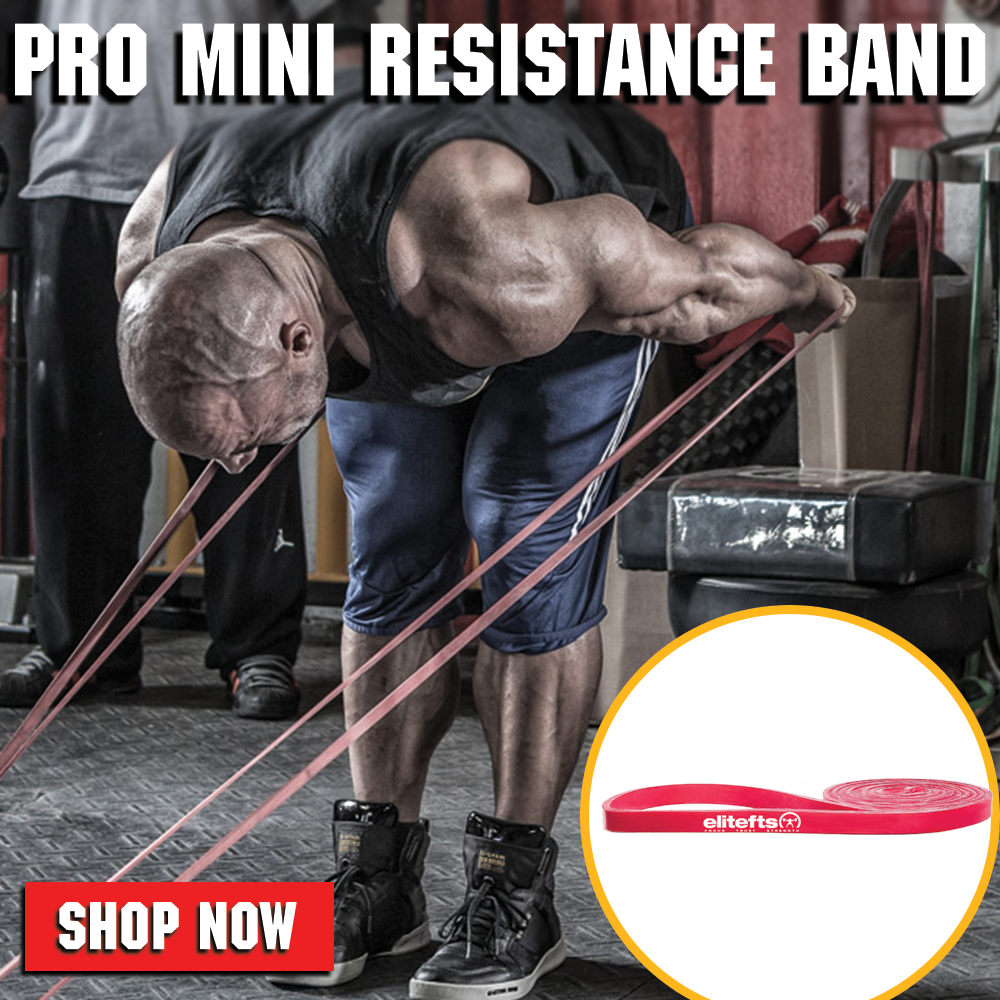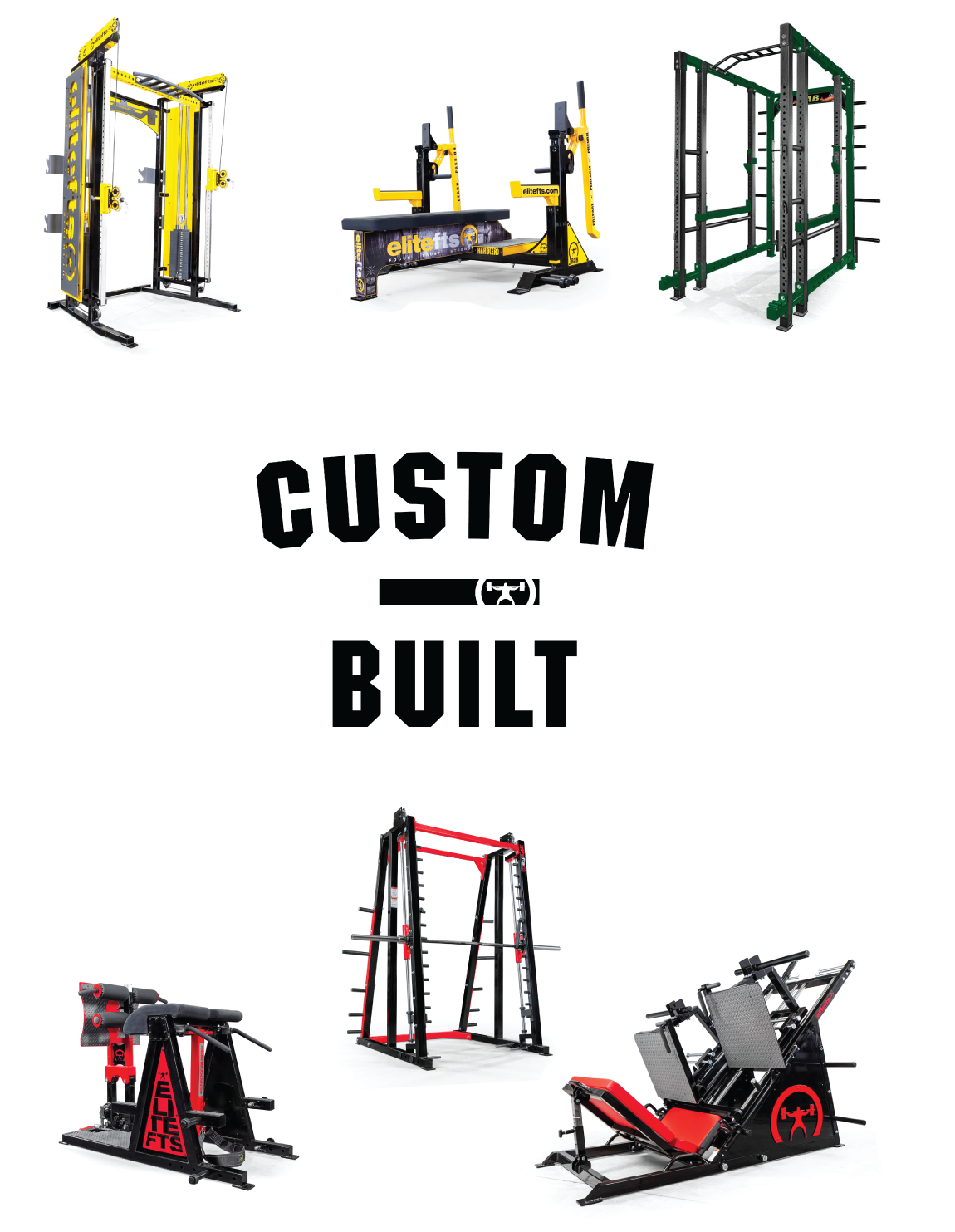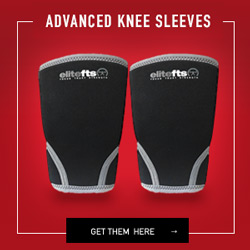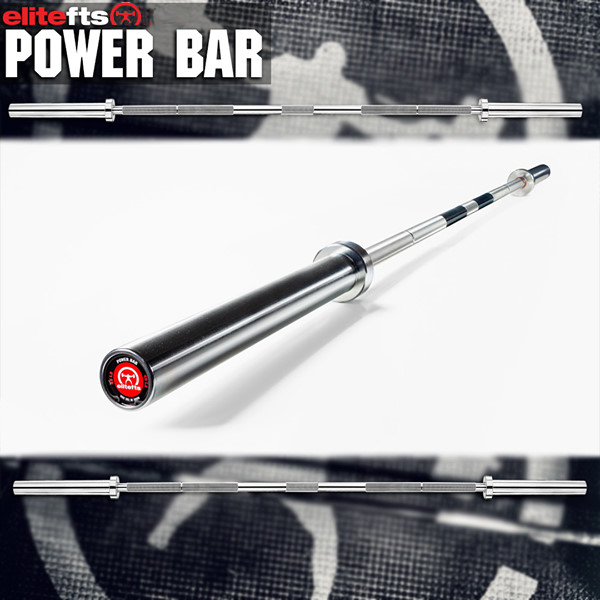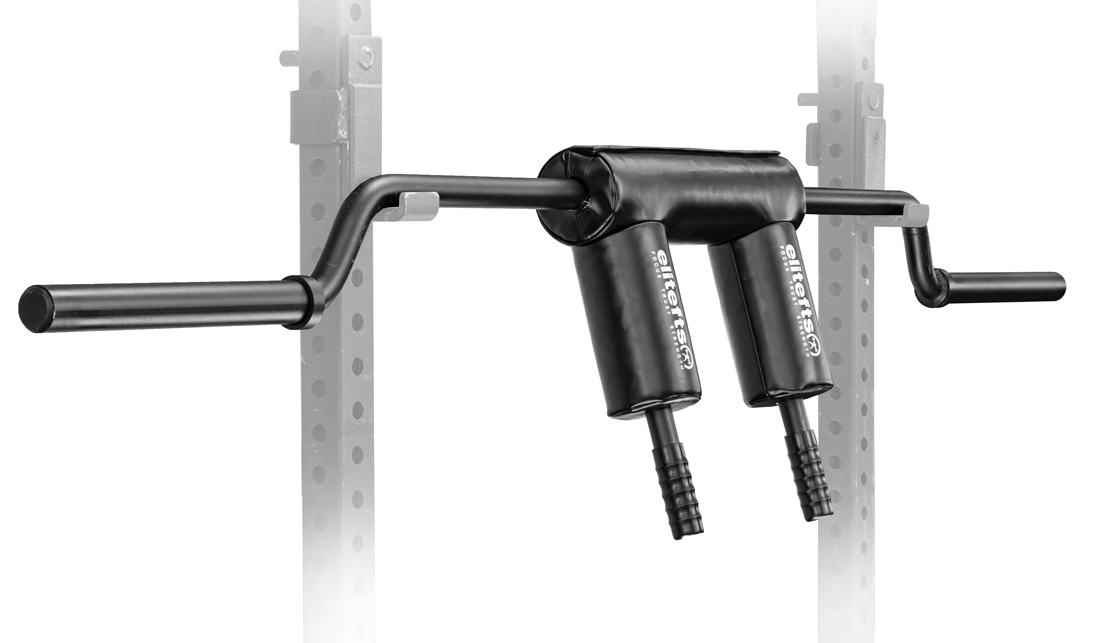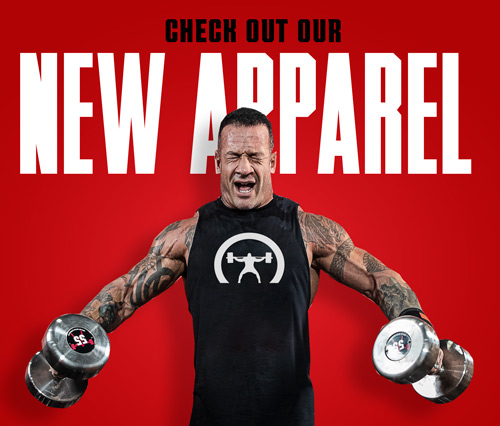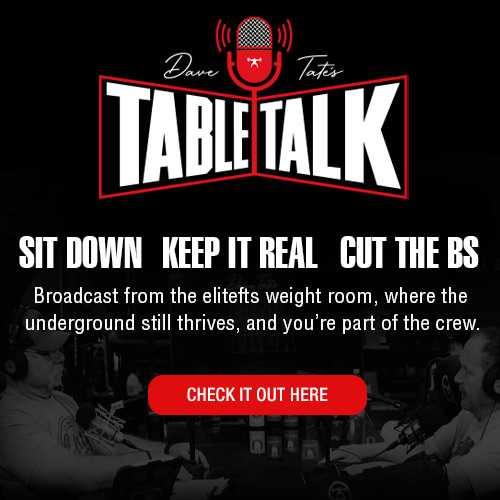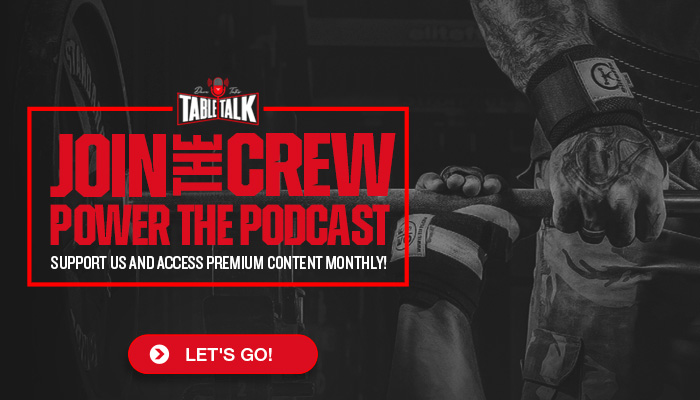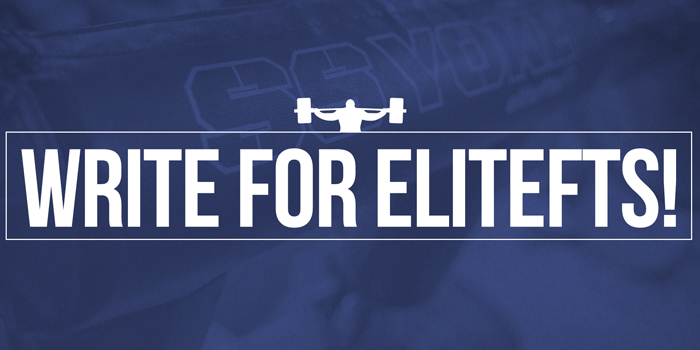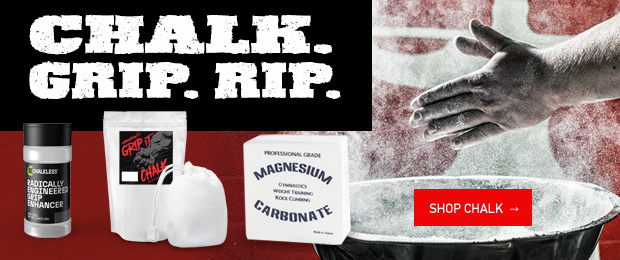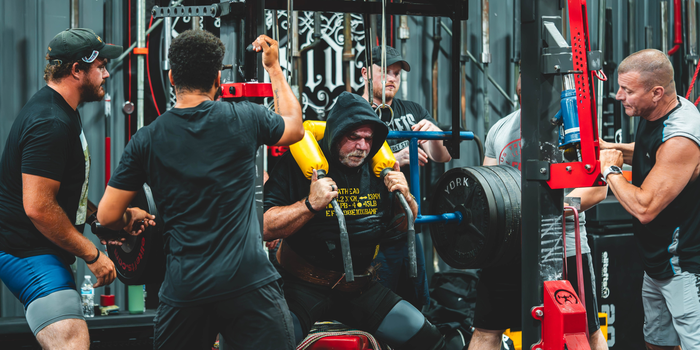
There are important things you’re not doing—but should be—that would lead to greater progress in your strength goals. I know it, and deep down, so do you.
Why Non-Negotiable Exercises Matter
One or more of those actions, when done consistently in a non-negotiable way, will get you to your goals faster. These could be many things, but for this article, let’s stick to exercises.
To make sure you complete these movements, start by embedding them into your warm-up. You don’t get to move how you want until the non-negotiables are done. Once you’ve proven to yourself that you can consistently perform them as the first priority, then—and only then—can you experiment with shifting them around in your session or daily routine.
A Lesson from Injury: Training for a Powerlifting Meet
To illustrate, here’s a story of an injury I sustained while training for a powerlifting meet—and how my non-negotiables kept me from pulling out.
In mid-2023, I took a break from strongman to prep for a powerlifting meet. Not much of a break, I know. It had been almost seven years since my last meet, and I gave myself 14 weeks to prepare. The goal: hit a personal record on my squat. If my bench and deadlift matched previous bests in that timeframe, even better.
Five weeks out, I was deloading my bench with doubles at around 70% 1RM. The weights were flying, and honestly, I wasn’t giving technique the attention it deserved. On my third set, I touched my chest—and felt a snap on the left side. It felt like an overstretched elastic band.
The pain wasn’t unbearable, but I was furious. Furious I had gotten careless. Furious I hadn’t hydrated enough. Furious I hadn’t done enough activation work. I put away the equipment, swearing under my breath.
Recovery Through Non-Negotiables
Once I calmed down, I remembered—I’ve been here before. Herniated discs from deadlifts. Nerve impingement from yokes. Bicep tears from atlas stones. I knew the next steps:
- Get assessed by medical professionals.
- Build a targeted rehab plan.
I was lucky—only a partial tear. With five weeks left, I knew speed was key. My non-negotiable rehab movements became:
- Isometric Dumbbell Fly – 2 sets x 20 seconds (change angle each session)
- Dumbbell Bench Press – 2 sets x 50 reps
These were performed every session. As I healed, I swapped them for other non-negotiables. Additionally, several other must-do exercises preceded any heavy lifting.
Training vs. Warm-Up: It’s All Training
Some might argue, “That sounds more like training than warming up.” You’re right. It’s all training. Don’t get hung up on labels—call it what you want: warm-up, hypertrophy work, rehab. The label doesn’t matter. The consistency does.
I never skipped those non-negotiables. I focused on bench and chest recovery. One week out, I benched 80% 1RM pain-free. I thought I was ready.
Come meet day, I warmed up with 82%. It moved well. Opened with 85% (330 lbs). But when I touched my chest, my pec tightened again. I didn’t press it. Bombed out. Lived to fight another day.
The takeaway? In less than five weeks, non-negotiables took me from muscle tear to 80% 1RM. The concept works—if you treat those exercises like they matter.
Why They Belong at the Start
Yes, you can do these exercises after your main work. But will you? Consistently? Likely not. Quality also drops when you’re fatigued.
Sure, champions might get them done no matter what. But champions didn’t start as champions—and won’t stay champions without consistency. This principle applies to everyone, especially in the long term.
Adapt, But Don’t Lie to Yourself
Some days, you genuinely can’t perform certain exercises. As a coach or athlete, be honest. Adapt when necessary. But be real with yourself—if you can’t do the non-negotiables, should you even be training that day?
More Non-Negotiables from My Toolbox
Here are a few more movements I’ve used over the years:
Calf Rehab: Post-Yoke Strain
- Deep Dorsiflexion Stretch – 1 set x 20 sec
- Standing Calf Raise – 1 set x 20 reps
- Single-Leg Standing Calf Raise – 1 set x 10 reps per leg
I did these every training session—and some off days—for weeks. Eventually, they phased down to just warm-up work. Six months later, I still included the single-leg version, though it became negotiable.
Throwing Power: For Strongman Events
- Dumbbell Front Raise – 2 sets x 10–20 reps
- Kettlebell Swings – 2 sets x 10–20 reps
After two months, I hit a personal record in throwing. Not solely because of these, but they contributed. I’d plateaued for three contests. This added volume made a difference.
Glute Imbalance: Fixing Deadlift Mechanics
- Reverse Hyper® – 1 set x 10–15 reps
- Single-Leg Glute Bridge – 2 sets x 6–8 reps per leg
Reverse hypers were planned for the end of sessions—but often skipped. Moving one good set to the beginning guaranteed it got done. Not the full four sets, but better than none.
Final Thoughts
I’m not here to prescribe your exact non-negotiables. I can’t do that without knowing you. But I do know the principle works.
Think about the important movements you’ve been avoiding. Choose one. Make it non-negotiable. Do it several times a week. Your body will adapt—and you’ll move closer to your goals.
Medical Disclaimer: This article is for informational purposes only and is not intended to be a substitute for professional medical advice, diagnosis, or treatment. Always consult with a qualified healthcare provider before beginning any exercise or rehabilitation program.
Tyler Desplenter received his Bachelor of Engineering Science Degree in Software Engineering and Doctor of Philosophy Degrees from the University of Western Ontario in 2013 and 2018, respectively. His doctoral work involved developing human motion models to power the control systems of wearable devices used for physical rehabilitation. He was appointed to a post-doctoral position in 2018 at the University of Western Ontario, where he worked on developing devices to measure and suppress hand tremor. Dr. Desplenter founded and operated Northern Warrior Strength Systems, a company that engineered and manufactured custom strength equipment for North American markets from 2017 to 2022. He owns Strength Intelligence, which focuses on technology, coaching, and education within the realm of strength training. Dr. Desplenter has competed as a strongman and powerlifter for over a decade, becoming a veteran of strongman in Ontario, Canada.


